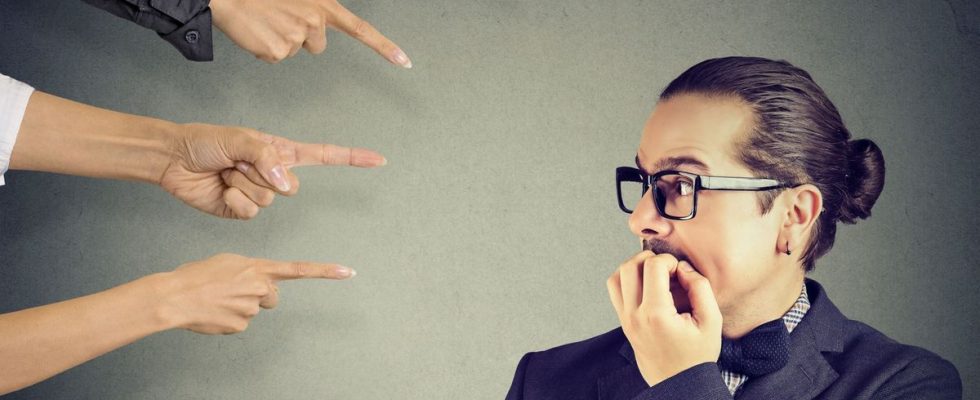Published on
Updated
Reading 2 min.
Being observed and judged by others is never pleasant. But for people suffering from scopophobia, their fear goes beyond this simple sensation: the look of others becomes a real source of anxiety. Explanations.
In all situations of our existence, whether friendly, romantic or professional, there is a risk of being judged by others. Even people who are most comfortable interacting with others can perceive a fear of being judged in certain situations.
But while it can be rewarding, the gaze of others can also be a source of anxiety and hamper daily life for some people. In this situation we speak of scopophobia.
Scopophobia or the fear of being stared at
If the name doesn’t ring a bell, scopophobia is actually the fear of being stared at. According to neuropsychologist Sanam Hafeez interviewed by Well and Good magazine, this anxiety disorder is in fact more precisely an extreme fear of being watched closely, scrutinized. A very disabling phobia, on a daily basis, since human beings, in almost all situations of life, are confronted with their fellow human beings.
What symptoms does scopophobia trigger?
Still according to the Well and Good website, the symptoms of scopophobia are those of anxiety which manifests itself strongly, with shortness of breath, palpitations, tremors, dizziness, excessive sweating, nausea, chest tightness …
People who suffer from it avoid eye contact, they constantly have the impression of being observed by others, even if this is not the case and take this as a threat. Finally, they generally suffer from hypervigilance, which gives them little or no respite.
Scopophobia develops, as with many phobias, from a reaction to a traumatic event. Over time and by constantly protecting oneself from the gaze of others, scopophobia becomes more and more intense over time, until it becomes paralyzing.
To prevent the phobia from completely affecting social life, it is important to consult a therapist. Two types of therapy are recommended: cognitive-behavioral therapy and exposure therapy, with the addition of drug treatment to treat certain symptoms.

